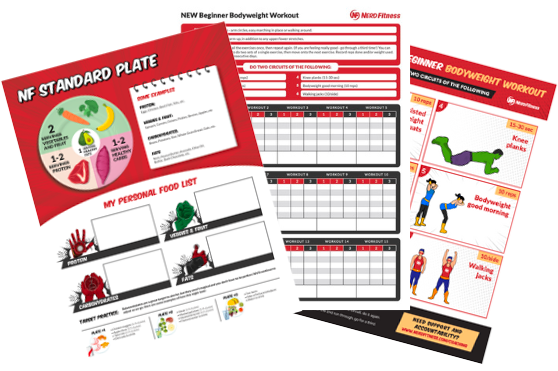I’ve been playing video games since I was old enough to hold a controller.
One of the first games I remember is Super Mario Bros for the Nintendo Entertainment System. I even had to blow on the cartridge and hold down the reset button to get it to work sometimes.
Kids have it so easy these days!
Anyways, I stumbled across this image below, and I can’t stop thinking about it.
It’s the perfect example that the thousands upon thousands of hours I’ve spent playing video games wasn’t a waste of time, but rather an education into how our brains work and how we assess situations.
In both images, the height and width of the jump is the exact same.
And yet, when we look at the image on the right, it’s somehow far more intimidating than the image on the left.
If we had encountered the jump on the right first, it might have been enough to scare us enough into making a mistake.
However, since many of us had already navigated the jump on the left earlier in the game, we felt comfortable enough to try and make the “more scary” jump on the right.
What we see is what our brains believe to be true.
There’s some interesting lessons we can use once we discover this is how our brains work.
What we see isn’t always reality.
What we feel isn’t always the truth.
It’s just a good reminder that our eyes, and our brains might not always tell us the full picture.
- Maybe we’ve decided the likelihood of success is so low it’s not worth trying.
- Maybe we’re convinced we can’t make change.
- Maybe we’ve decided we’re broken.
There’s a term in psychology called “self-efficacy,” which refers to the amount of belief you have in yourself to do be able to complete a task or goal.
Part of that is seeing or knowing somebody else who has done it.
And another is building confidence through small wins to show yourself it can happen.
So I want us today to look at one of our own self-limiting beliefs, and do the following:
- “If this WASN’T TRUE, what’s one small thing thing I can do to prove the story I’m telling myself might be false?”
- “Do I know ANYBODY that has succeeded in that way, and can I check in with them?”
Here are a few quick examples: “I hate vegetables and don’t eat them.” Can you buy some frozen spinach, and add a TINY BIT to your morning fruit smoothie when you blend it? BAM. What about dunking your vegetables in liquid cheese, or wrapping them in bacon? You’re now eating veggies, we can adjust the “delivery vehicle” later!
“I’m a lost cause. I can’t get healthy because I always give up after 2 weeks.” What if you picked an EVEN SMALLER task, and only did that one thing for two weeks and a day. Going for a 5 minute walk every day. Literally 5 minutes. Doing 1 push-up every day. Then we just need to adjust the intensity!
Our Facebook group is full of people who also used to think they were lost causes, but they’re spending every day slowly disproving their old self-limiting stories!
Note: this is NOT toxic positivity, nor is it manifestation.
It’s experimentation. Yay science!
What’s one tiny change or thing you can do today to disprove one of your old stories?
-Steve


